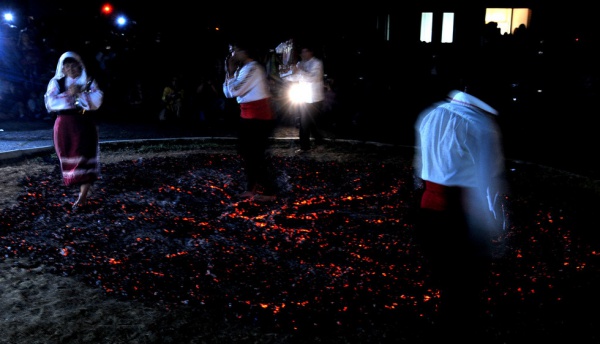Facts About Midsummer
Midsummer is a magical time coinciding with the summer solstice, celebrated in Northern Europe between June 19 and June 25. This festive period has ancient roots predating Christianity and is known by various names and traditions around the world. For Christians, June 24 marks the feast day of St. John the Baptist, often celebrated with lively events on St. John's Eve.
In countries like Sweden, Denmark, Latvia, Lithuania, and Estonia, Midsummer is a significant celebration—so much so that it is often a public holiday. People gather for bonfires, traditional dances, and engaging rituals like jumping over fires for good luck.
Historically, Midsummer was marked by bonfires, processions, and plays. Each country brought its unique customs to the celebration, such as gathering herbs, lighting fires, and enjoying festive food and drink. Today, Midsummer remains popular in many European countries and has even spread to places like the United States, celebrated by immigrant communities and Neopagan groups.
The ways people celebrate Midsummer are wonderfully diverse, with each culture contributing its distinct flavor to the festivities. Regardless of location, the celebrations generally center around themes of fertility, light, and community. Whether adhering to traditional practices or adopting modern variations, Midsummer remains a vibrant and cherished time for many.

 Russia
Russia